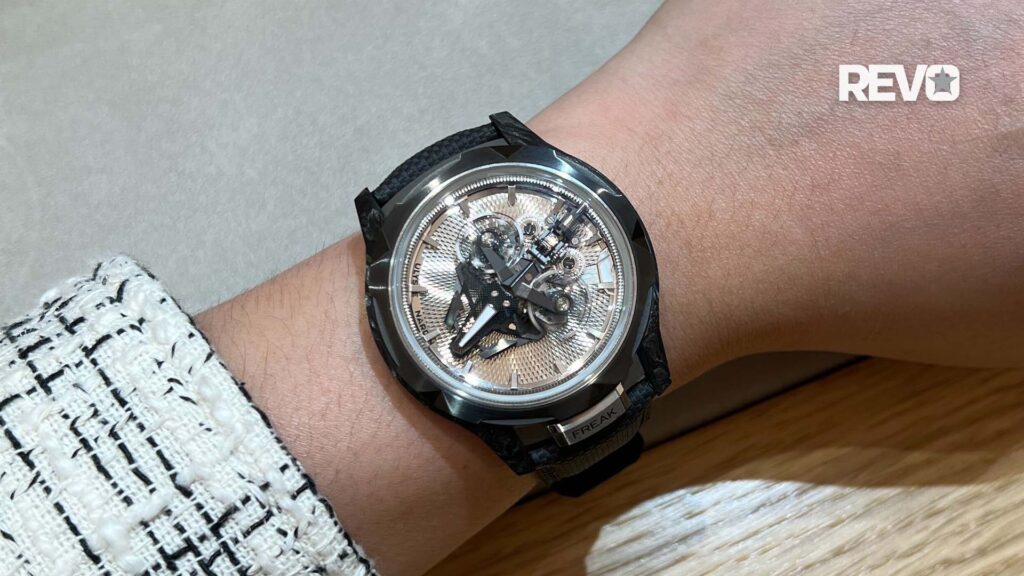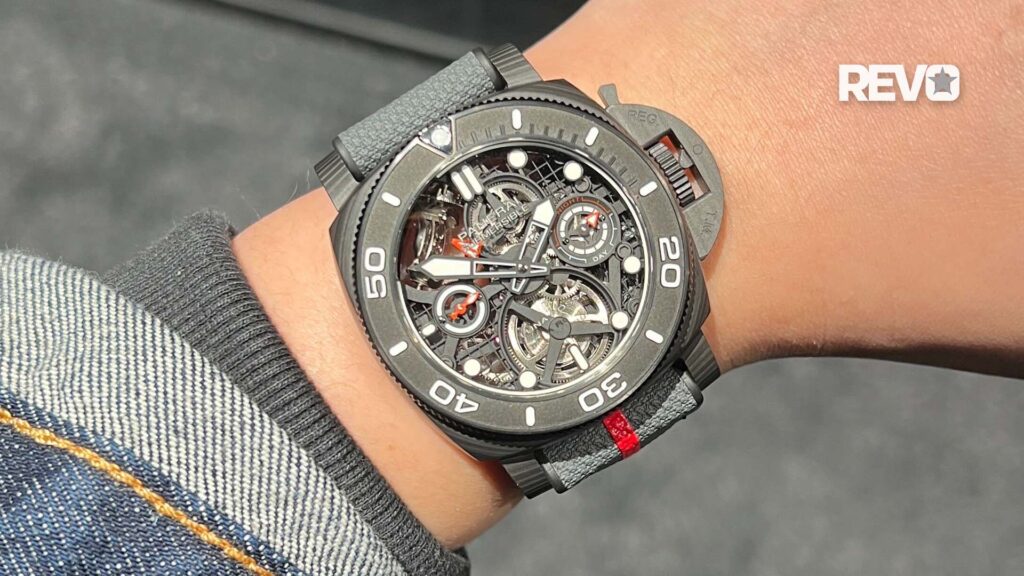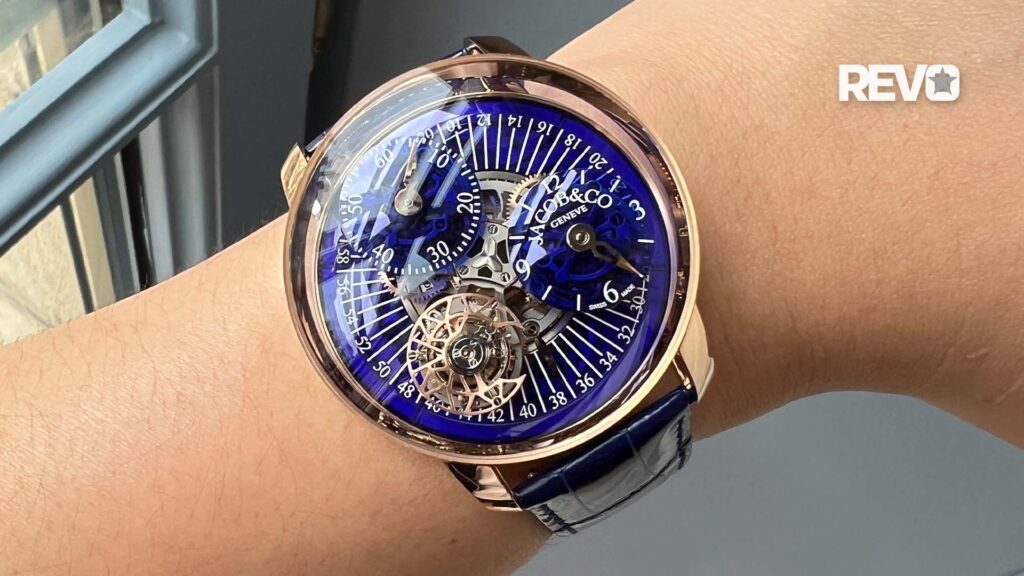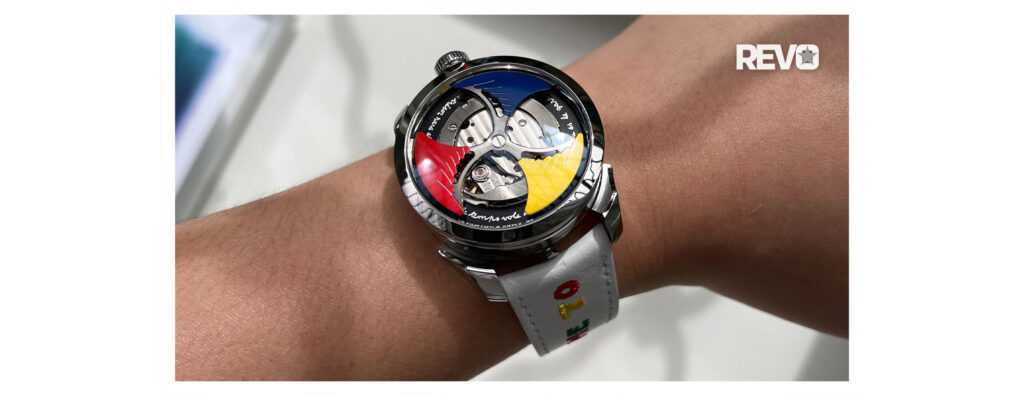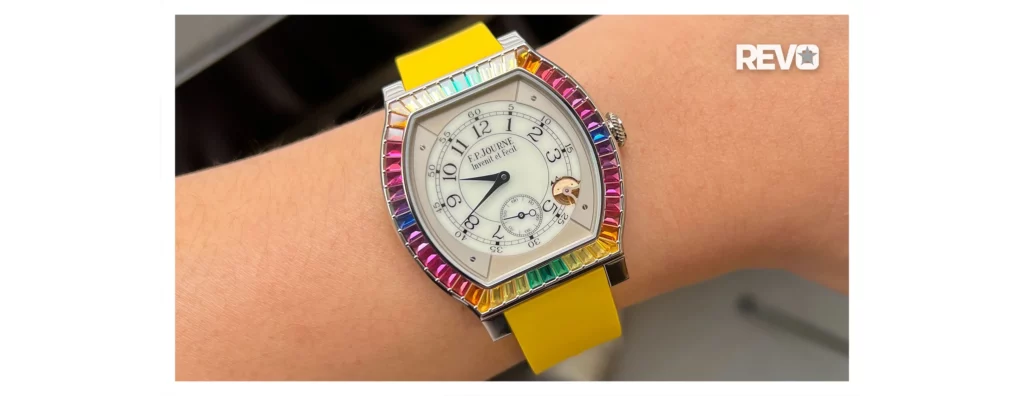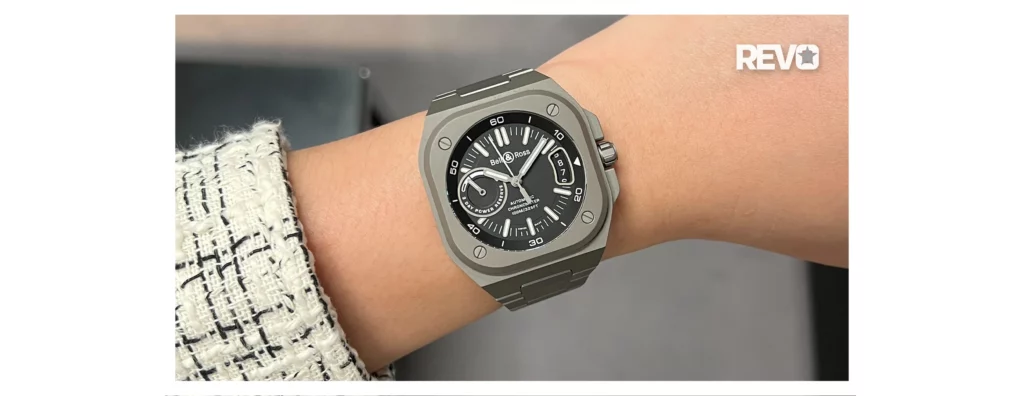Bell & Ross
Opinion: A Different League
Marx must be turning in his grave – Karl, that is, not Groucho. As each of his exemplars of Communism is liberated, or at least loosened up a bit, its people swiftly demonstrate a penchant for acquisition and a taste for the finer things. Just look at China, with Cuba surely to follow. Along with freedom comes the total rejection of another primary strand of his doctrine: that of all men being equal.
No, Karl: human nature – which you have always decried – dictates that individualism is almost as irrepressible a drive as survival. A perfect, if somewhat trivial manifestation of an increasing need to stand out from the crowd can be found in watches, and Revolution is at its cutting-edge.
For decades, the watch industry has produced limited editions to satisfy those who are not happy with anything that might be owned by someone else. The promise of exclusivity has an irresistible lure for a certain psychological type, who, if made to feel like merely part of a pack, would have their joy of ownership diminished. An exception to this is when attending a gathering like a RedBar Crew evening with a watch-branded theme, such as Tudor, or a car meet for, say, Mini Cooper owners. For such occasions, ovine behaviour is to be emulated.
Now the watchmakers are reviving a practice that hasn’t been employed since the era when Breguet and his contemporaries made nearly all of their pocket watches to order. This same high regard for uniqueness was, incidentally, the norm for the luxury car industry in the 1930s, when individuals commissioned coachbuilders such as the wonderfully named Figoni et Falaschi to create unique bodies, clients buying only the chassis from Delage, Rolls-Royce or Bugatti.
Few and Far Between
For watch lovers, the desire for uncommon pieces runs parallel to the current revival in bespoke tailoring, made-to-order shoes and other expressions of one’s persona. But it’s not as easy with watches that are in serial production, however limited the numbers; one cannot expect Omega or Patek Philippe to pull individual pieces out of the system for case engraving, a dial change or whatever other act of destruction the client wishes to inflict on a watch.
Yes, I’ve betrayed my feelings toward such heinous actions. I’m the sort of anally-retentive purist who cannot bear automotive reality shows in which some crew of rednecks or rock-star wanabees desecrate vintage cars, rather than restore them to their original state. But that’s just me.
At the highest levels of horology, unless the likes of Roger Smith OBE or Kari Voutilainen have windows in their diaries – which is unlikely – a return to the same level of flexibility exercised by those car-makers of the 1930s is not going to happen. Instead, modern limited editions are often joint ventures and the results can be – especially for those who care as much about investment as the watches themselves – spectacular.
Just look at the values for the “Speedy Tuesday” Omega Speedmasters, Revolution’s TAG Heuer “Blue Dreamer” Carrera Chronograph, our Chopard L.U.C or our Bell & Ross Bellytankers. They’re being flipped for as much as three times their value, often before they’ve even been manufactured. Try finding one of our Panerais from 2014 for less than double its original price. Clearly, modern watch buyers are not content with off-the-peg.
Rare Old Time
Most obvious is that vintage watches retain similar charm for the nonconformist because – unless we’re talking about, say, mid-period Speedmasters while you’re attending an Omega-themed RedBar – the old collectable you’re wearing is unlikely to find its twin at your next cocktail party. The effect of seeing your coveted watch on someone else’s wrist is akin to two women turning up at an event wearing the same outfit.
Thus, I have never worn my Universal Genève Space-Compax or Gallet triple calendar to a gathering of horophiles, to be faced with another. “Vintage” equals “finite”, and there are alternatives to Paul Newmans, Speedies and other default classics. But the second caveat is one you cannot plan for, no matter how hard you try.
Twenty-plus years ago, long before the Vendôme Group (later Richemont) acquired Officine Panerai, I and seven friends in the hi-fi industry attended a dinner in Paris. All were seasoned watch enthusiasts, with strong personalities and a certain pride in their images and their taste. Of the eight, seven were wearing Panerais. As for the one stand-out? A Rolex GMT-Master II. Sometimes it’s worth remembering that rarest ain’t necessarily coolest.




